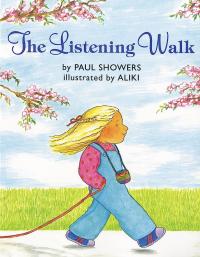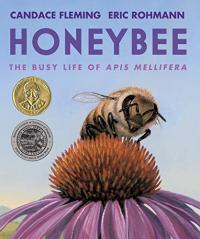Stepping outside is a simple way to set foot into nature’s laboratory. Backyards and neighborhood walks can lead to interesting conversations that contain new vocabulary words. You’ll also be helping your child develop important scientific skills such as observing, predicting, and investigating.
Try these fun outdoor exploration activities to nurture the budding scientist or mathematician in your home!
Notice and describe trees and other outdoor plants and their parts.
Vocabulary might include trunks, branches, stems, leaves, and flowers. See how many different types of leaves you can gather. Describe and sort leaves by shape, size, and color.
Observe any birds, squirrels, insects, and worms.
Keep track of the different animals and insects you find. If possible, take pictures or draw a sketch of any unusual or unfamiliar ones. Ponds and slow-moving rivers are great spots for bug hunting. Other spots include a wood pile, a garden, or near the bright lights of a parking lot.
Choose two or three different times of the day, for example early morning, noon, and dusk.
Take a short walk and listen closely to the different sounds. Try to keep track of the different sounds you hear. Depending on the time of year, you may hear cicadas, crickets, Canada Geese, or songbirds. Discuss why we might hear different animals and insects depending on the time of day or season.
On a rainy day, set up a rain gauge using a clear plastic tumbler or wide-mouth bottle.
Have your child predict, or make a good guess, about how much rain will be collected. Mark that level and collect rain. Check the gauge after the rain ends. Is there more or less rainwater in it than your child predicted? How much more or less?
Recommended children’s books

The Listening Walk

The Hike

Honeybee: The Busy Life of Apis Mellifera

Leaf Man

A Walk Through Nature

Bird Watch
Download this article in Spanish
Subscribe to Growing Readers!
Get our free monthly parent tips — in English and Spanish — delivered right to your inbox!
